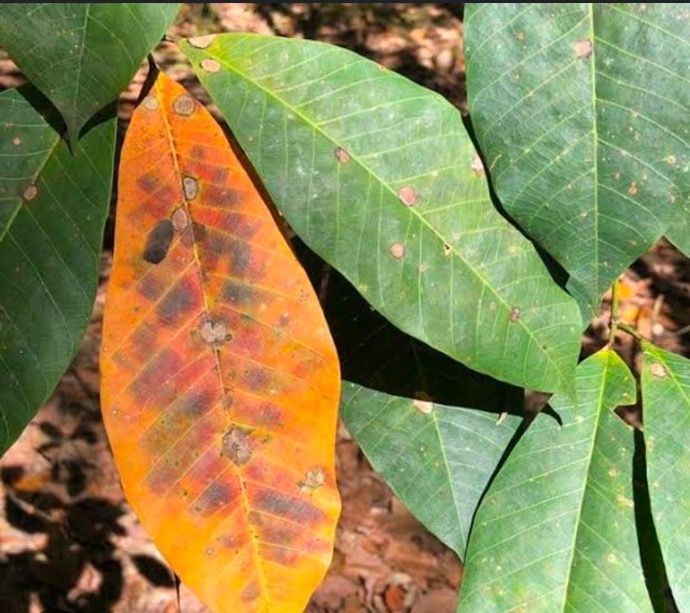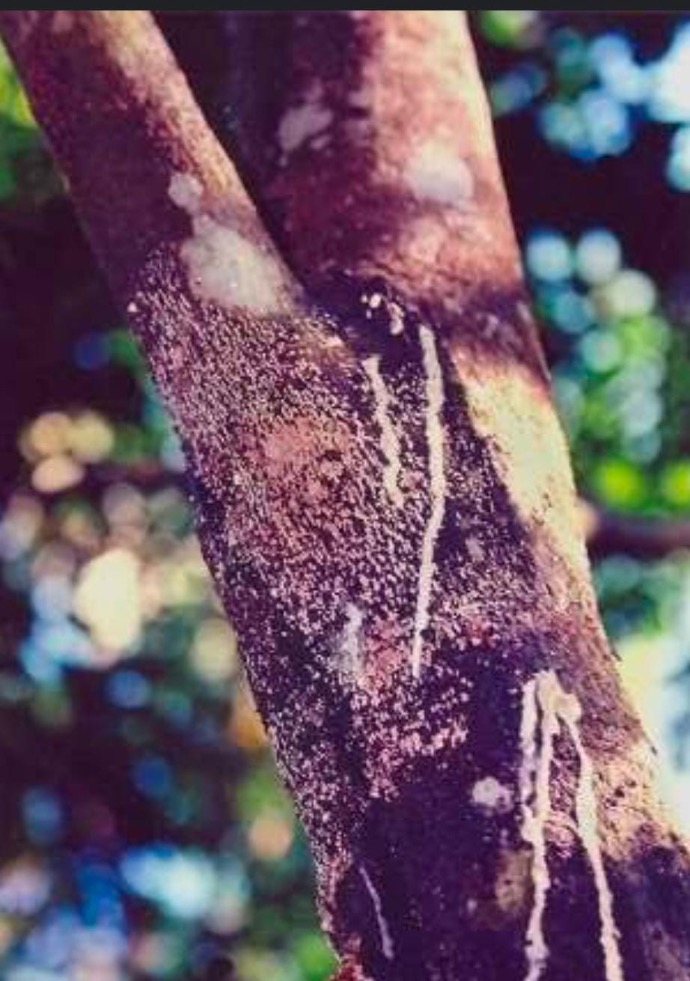Rubber Plant
Rubber Plant, also known as Ficus elastica, is an indoor tree with glossy leaves. Plant in well-draining soil and provide bright, indirect light. Allow the soil to partially dry between waterings. Pruning can be done to shape the plant and remove leggy growth.
Habit
Tree
Height
2-15 m
Growth
Fast
Soil
Well Drained, loamy
Shade
Indirect light to shade
Moisture
Moist
Edible
No
Medicinal
No
Origin
Southeast Asia
Climatic Condition
Tropical, Subtropical
Temperature (°)
18-30°C
Humidity (%)
50-80%
Potting media
Peat, compost
Fertilizers
Organic, NPK-rich
Watering
Moderate
Plant Weight
5-15 kg
Flowering Time
Rare flowering
Soil Ph level
5.5 - 7.5
Water Ph level
5.5 - 7.5
Soil EC
1-2 dS/m
Yield Per Plant
4-6 kg latex/tree
NPK ratio
10:10:10
life Span
30-100 years
Health Benefits
Air-purifying, latex production
Suggested Grow Media or Potting Mix ?
50% peat, 25% perlite, 25% compost
Suggested Fertigation/Fertilizers
Fertilize every 2-3 weeks with a balanced fertilizer.
Common Diseases and Remedies
Abnormal leaf plant , pink disease
leaf defoliation , young leaves covered with powdery mildew . Pink colour mycelia growth on bark surface .
field sanitation , remove the affected parts .
HEALTH BENEFITS
· Improves indoor air quality by removing toxins.
Latex from the plant has been used in traditional medicine for skin issues.
What is Rubber plant?
Ficus elastica (rubber fig, rubber bush, rubber tree, rubber plant or Indian rubber bush, Indian rubber tree) is a species of flowering tree in the family Moraceae, native to Southern and Eastern Asia. It is naturalized in Sri Lanka, the West Indies and Florida, USA.

What Are The Different Types Of Rubber Plants?
1. Ficus elastica
Ficus elastica Tineke or Ficus elastica Variegata. Teaneck rubber plants are rare but also the most beautiful variegated species of the genus.
2. Burgundy
Burgundy, also known as the Black Prince, takes its name from its deep red-green leaves.
3. Ficus elastica Robusta
Ficus elastica Robusta. For many rubber plant species, the elastic fruit (Ficus elastica robusta) comes to mind.
4. Ficus elastica Doscheri
Ficus elastica Doscheri - This rubber plant has narrow leaves with a beautiful variegated pattern.
Robusta is often called the "classic" rubber plant, but there are still many special varieties.

How to take care of rubber plant?
Location
Rubber trees need at least six to eight hours of light per day. This may result in lower light, but it is best to combine species with medium to bright light, preferably indirect light. If your windows receive direct sunlight, placing curtains over them can help block out the light.
Sunlight
Rubber plant needs sunlight. They need bright light but cannot stand direct sunlight in the afternoon. Scorching is really dangerous if you shine a light on the window without protection. Sheer curtains are like knights in shining armor; They emit enough light to prevent plants from burning.
Soil
Rubber plants do not like to live in water, so well-drained soil is required. The problem here is that since it is a forest tree, the soil must be rich in organic matter. A good mix of regular soil, vermicompost and perlite or sawdust/bark mix works well.
Hydration
It is best to water your rubber tree every 1-2 weeks and wait for the soil to dry out from the water. When the plant receives too much light (such as spring or summer), choose the end of the frequency, and reduce the frequency in autumn or winter.

Nourishment
Rubber plants should be replanted after doubling in size or annually, whichever occurs first. Fresh potting soil contains all the nutrients your plants need, so there is no need to use fertilizer as long as it is renewed every year. Remember, plants get their energy from sunlight, not fertilizer
Issues
Lack of water may cause wilting. Remember to water regularly but avoid stagnant soil. Jacobina can be affected by pests such as aphids and whiteflies. Check your plants regularly and apply a mild insecticide or neem oil if you notice any disease.
What are the benefits of a rubber plant?
Advantages of Rubber plant Clean air, low maintenance
Cotton plant has non-allergenic properties.
Helps clean the rubber factory.
Rubber plants require less maintenance.
Rubber plant is easy to grow.
Rubber plant has antibacterial properties.

FAQ's for rubber plant
1. How to protect rubber plants?
Check your rubber plants frequently during spring and summer to keep them moist during hot weather. Remember to water evenly and reach all bases. Leave the plant before returning it to its beautiful pot to prevent water from entering the bottom, which can cause root rot.
2. How big is the rubber tree?
With proper care, this tropical plant can grow up to 30 meters in its natural environment and more than 1.8 meters indoors in just a few years.
3. Can rubber trees survive in cold climates?
Temperature: Rubber plants grow best in warm temperatures between 60 and 75 degrees Fahrenheit, but they can survive temperatures as low as 50 degrees Fahrenheit during the winter months. Medium to high humidity is best, so you'll need to water your rubber leaves if the air is too dry.
4. Should rubber trees be fertilized?
If light is low, fertilize less and keep the plant healthy. Although rubber trees require frequent fertilization, too much fertilizer can cause them to become "leggy" with very long stems and only a few leaves on top.5. Is the rubber plant lucky?

